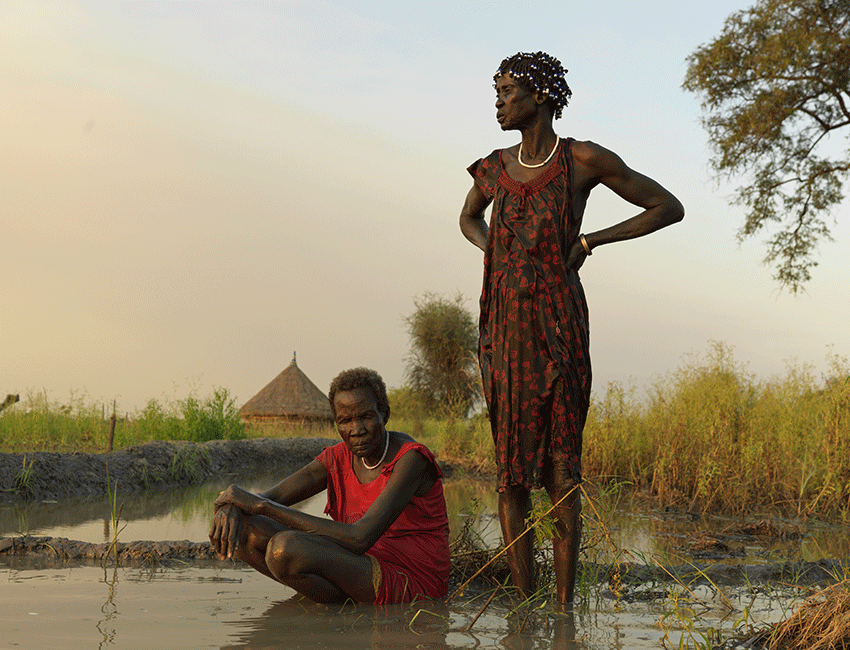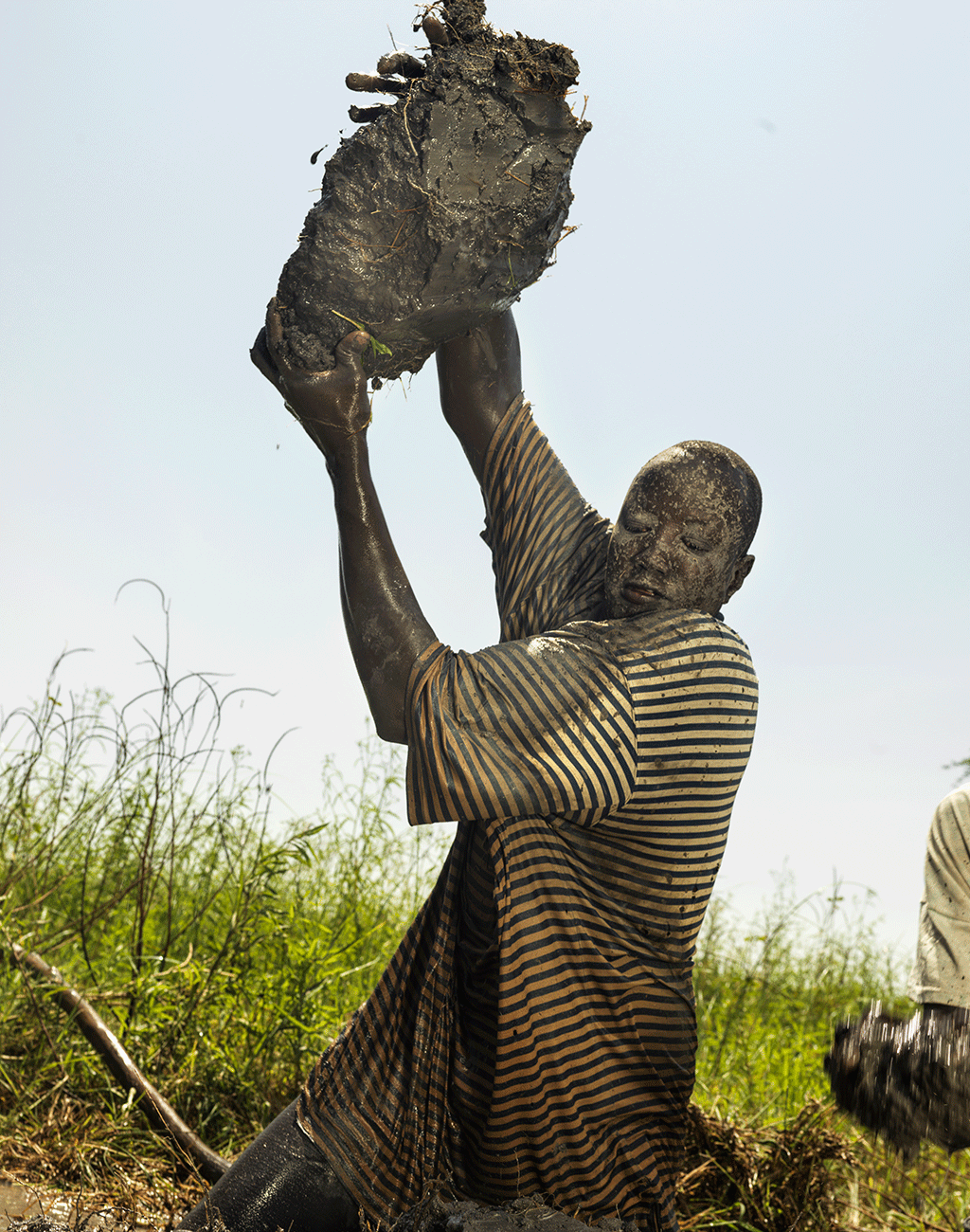Flooding in South Sudan means communities in the world’s newest nation are on the brink of disaster.
The flooding in September was the worst recorded in the area for sixty years. Harvests and houses were destroyed and livelihoods ruined. With hundreds of thousands living in temporary shelter and more than half of the population struggling to access food, the country now faces a serious hunger crisis.
South Sudan is also extremely vulnerable to coronavirus, so the floods have exacerbated an already critical situation.
“Flooding, conflict, Covid-19 and poverty make the situation here dire,” says Sulaiman Sesay, Action Against Hunger’s Country Director in South Sudan. “The world needs to know that people are suffering in this way.”
Photographer Peter Caton visited the Paguir region of South Sudan, a remote area badly hit by the flooding. He photographed the villagers as they fought night and day to clear the water from their homes and build a dyke to protect the village from further flooding. He documented the families who were forced to migrate and those left behind, desperately searching for something to eat.
Meet people from Paguir as they tell us how the floods have changed their lives.
Nyapini Long
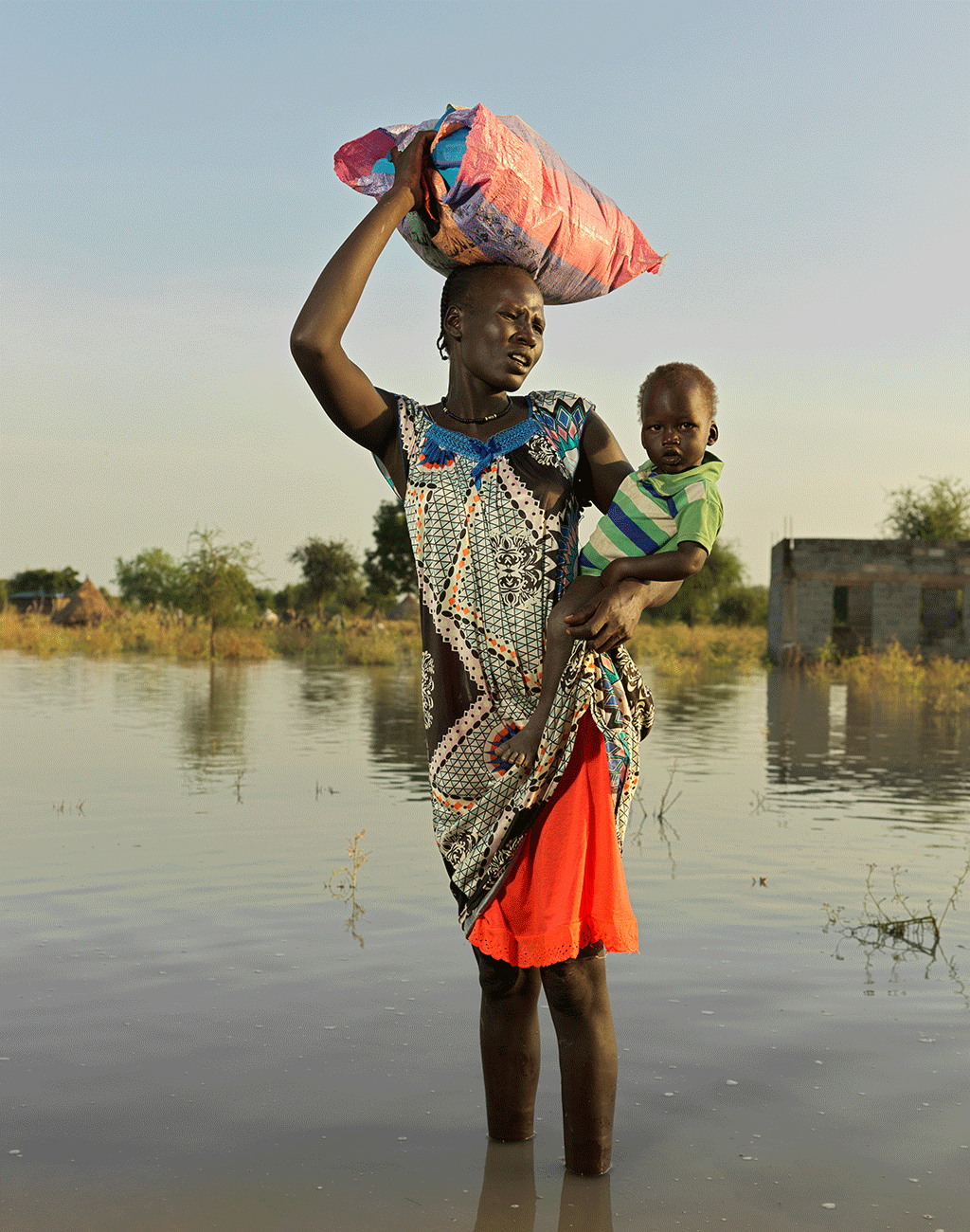
After her home was destroyed by the flooding, 30-year-old Nyapini is heading to higher ground with all her belongings.
“We’re migrating. I have nowhere to live, my home has been flooded, so I am migrating with my children.”
Nyagout Lok and Nyakoang Majok
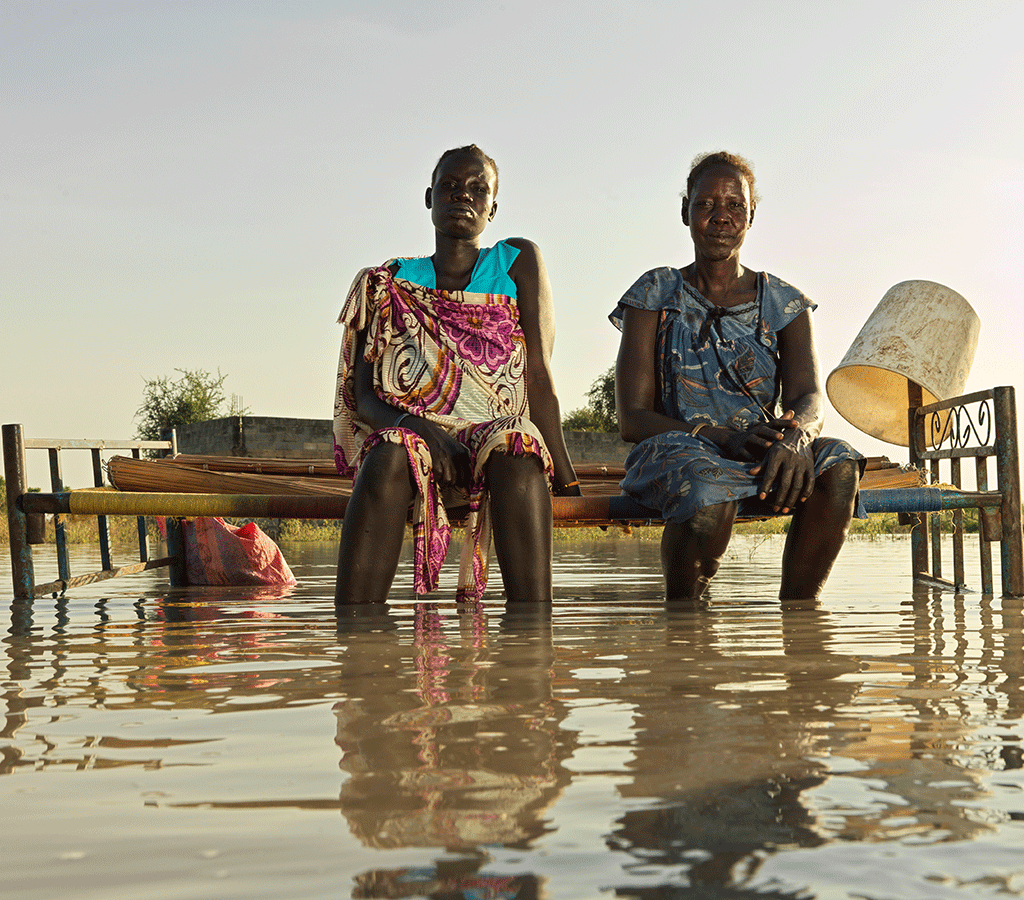
Nyagout Lok, 46, and her pregnant daughter, Nyakoang Majok, 28, have set up a bed in the flood water. There is no room for both of them to sleep inside their temporary shelter.
“We don’t fit inside, that’s why the bed is outside. We sleep outside.”
Samuel Gai
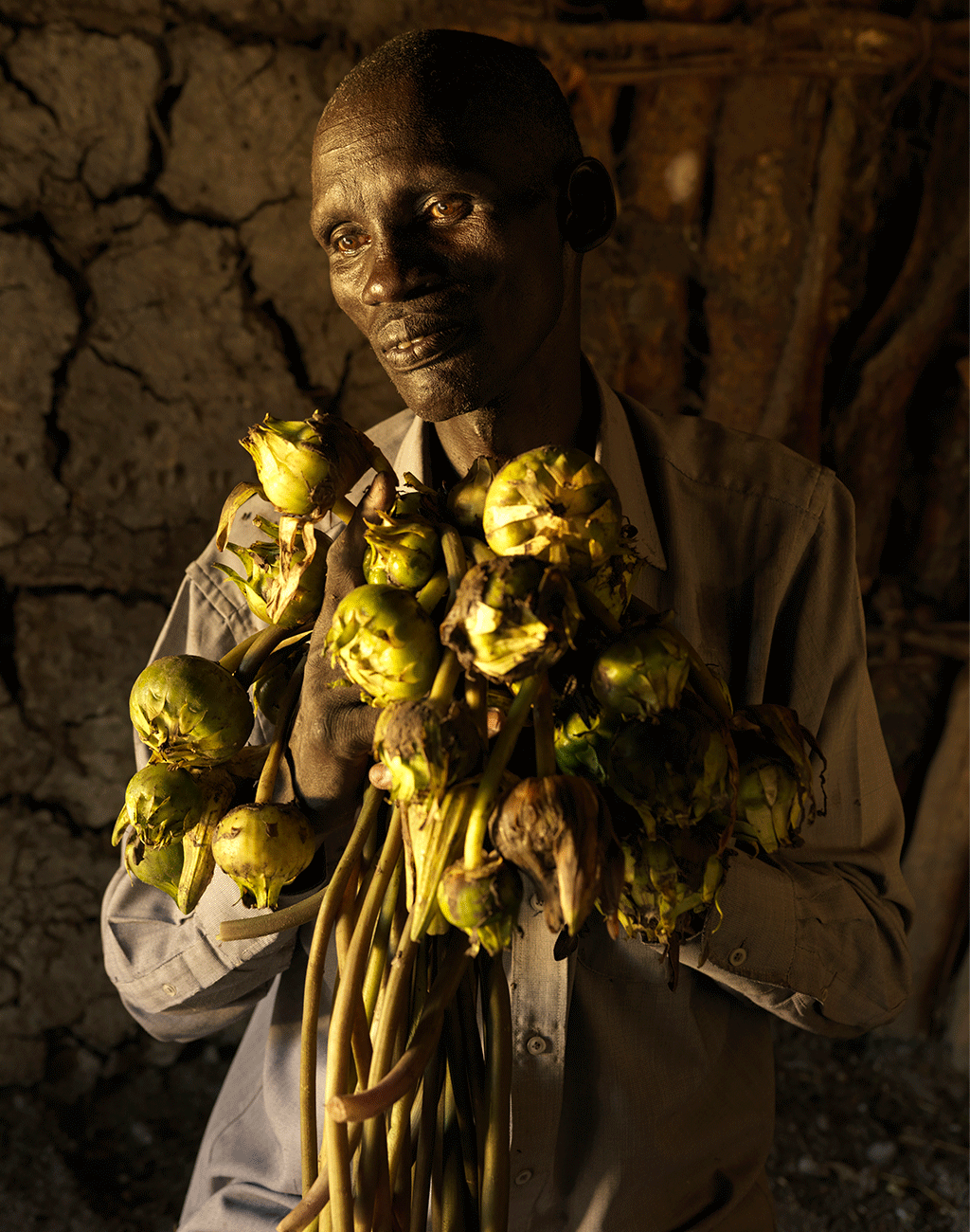
“There is not enough sorghum, so we have to resort to the water lilies.”
A family migrates to higher ground with their livestock
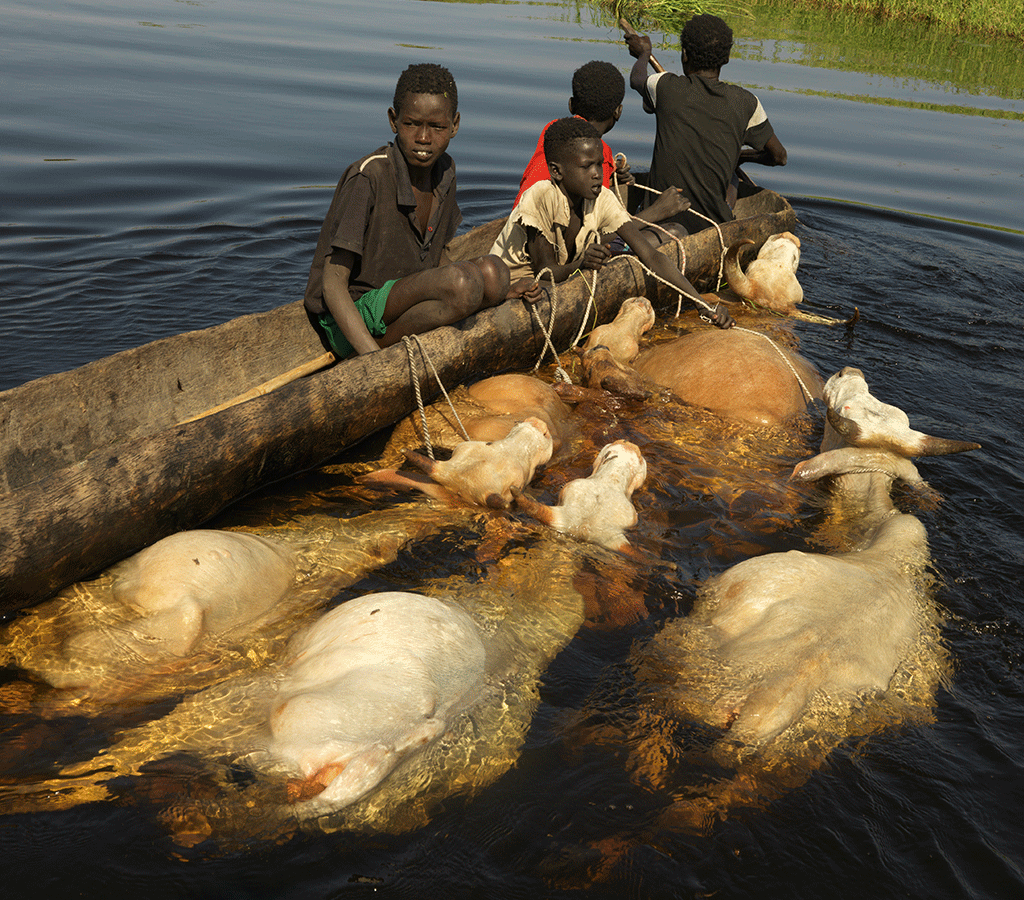
Women and children shelter at a primary school
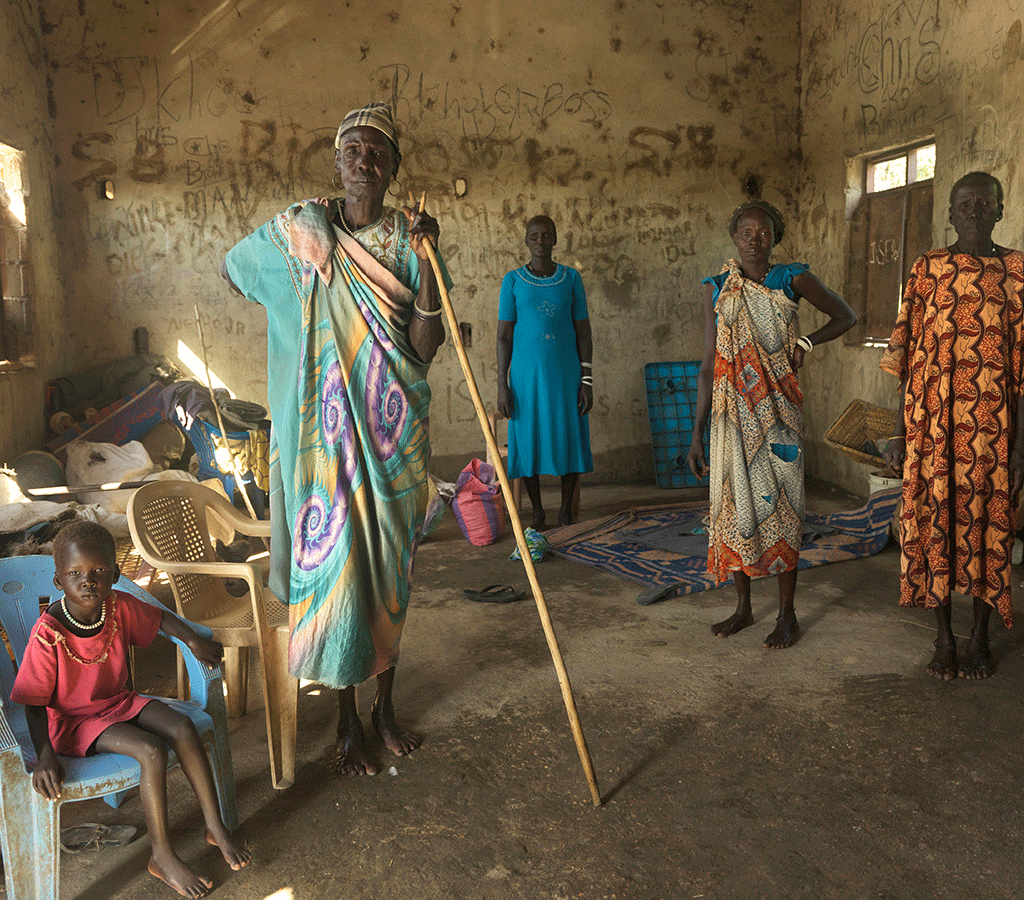
Stephen Riek
“We get tired because it is so much work building the dike. We don’t sleep at night because the body aches.”
Old Fangak airstrip
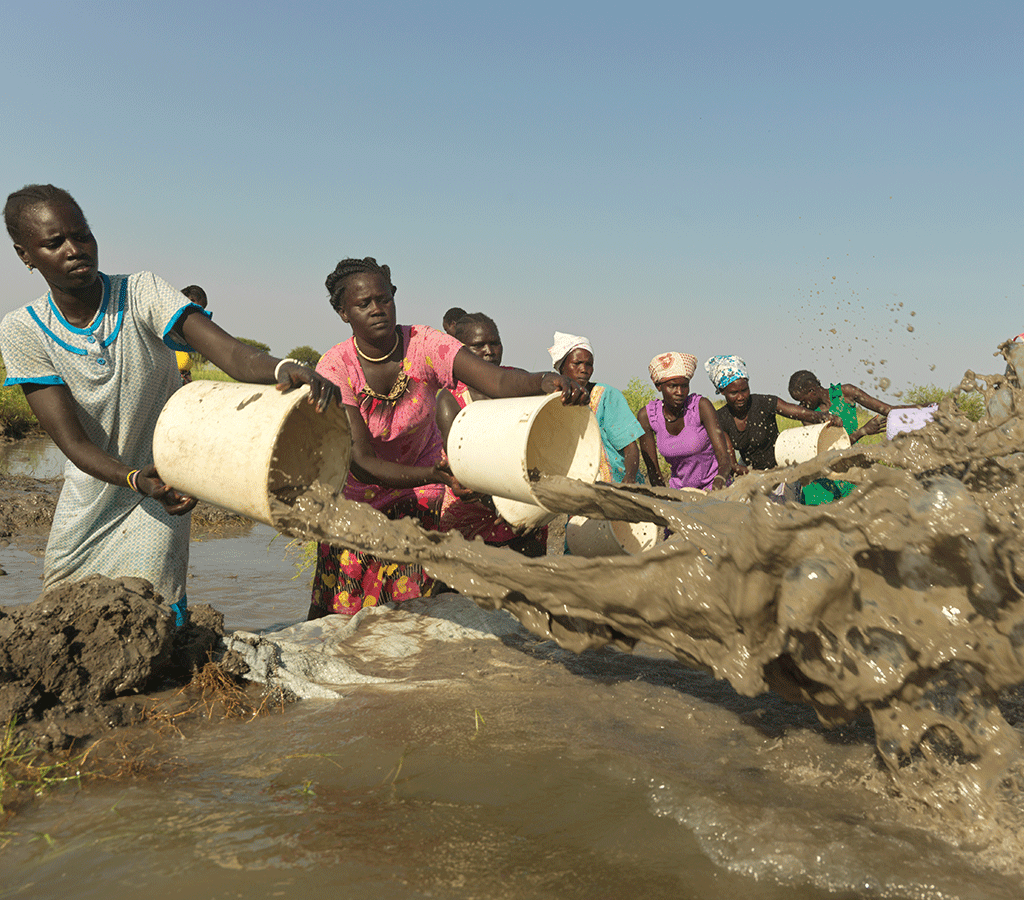
Woman from different communities in Old Fangak volunteer to drain the flooded airstrip – their only way in or out of the area.
Nyabiele Chan
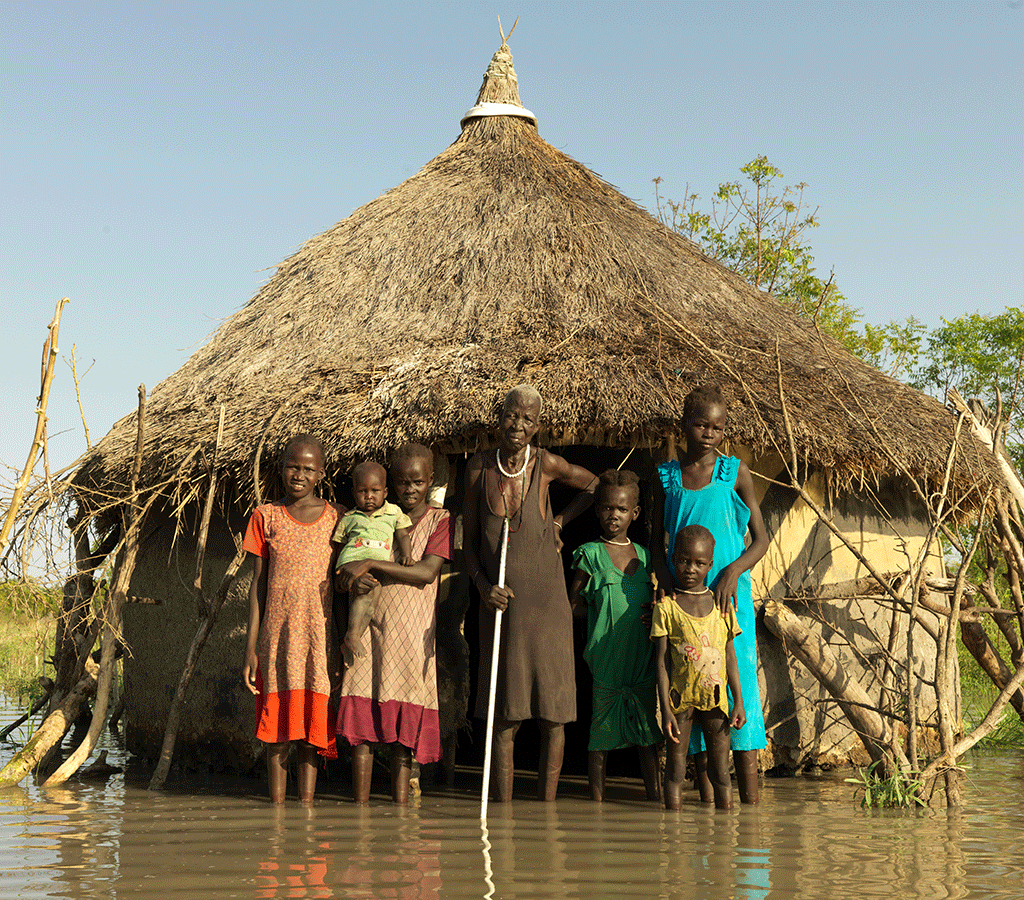
80-year-old Nyabiele Chan, from a village called Pathiey, stands by her flooded home with her grandchildren.
“Where we live, there are no mosquito nets and not enough food to eat.
The future of my grandchildren is only in God’s hands. Only God will hopefully open a way for their tomorrow.”
Action Against Hunger teams are responding to this latest disaster in South Sudan. With over one million children fighting the most deadly form of hunger, we’re supporting families by treating malnutrition and providing vital access to safe water and sanitation.
Paguir is extremely remote and humanitarian workers travel long distances to reach the area. That’s why we’ve recently opened a nutrition stabilisation centre in Paguir – to give dangerously malnourished children access to the life-saving care they need.
Photo credits: Action Against Hunger/ Peter Caton

